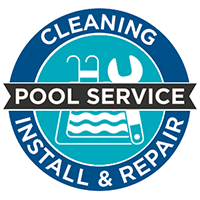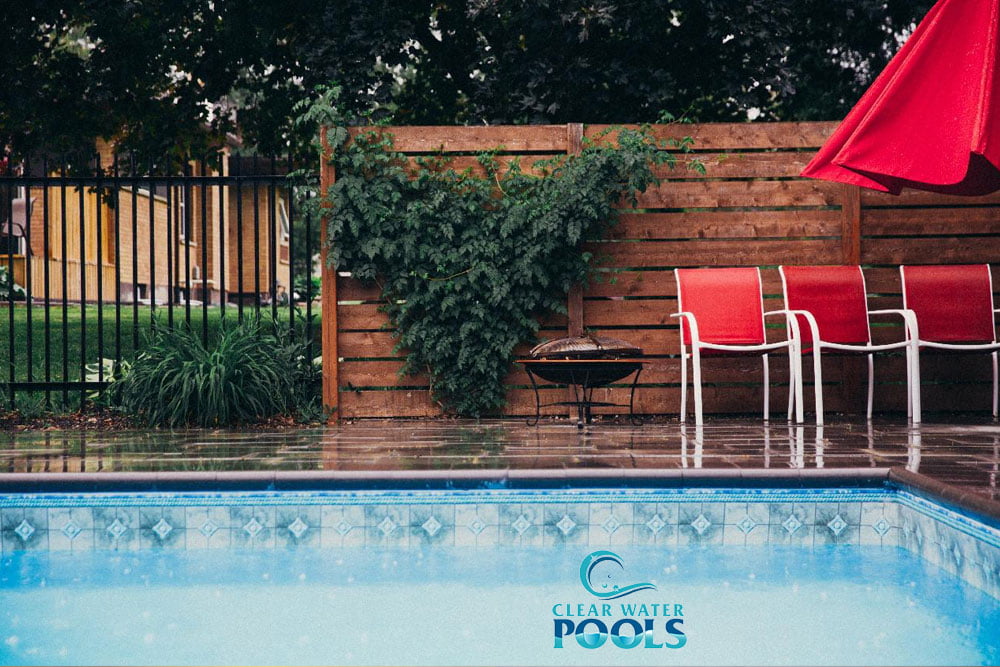Things to Do to Your Pool After It Rains
Your swimming pool is a huge investment that requires proper protection to keep it in tip-top shape every day. It boosts the value of your property. Moreover, it allows your loved ones to have fun and exercise. After heavy rains, there are immediate actions that you should take to ensure that your pool reverts to its original state. When rainwater and pool water mix, pH and alkalinity levels will change. Some contaminants might enter the pool through rainstorms. You may experience pool overflow, which may lead to flooding.
Also, intense rainfall will fill up the pool, and the excess water may be challenging to eliminate. Regardless of the intensity of rain, your pool will be affected in one way or the other. If you own a pool in your home, it is advisable to be prepared for such moments. You should do the following vital things to ensure that your pool water is clean and safe for swimmers after a heavy downpour:
1. Clean Your Pool
After a heavy downpour, it is essential to check the condition of your pool. The rainstorms might have carried trash and debris to the pool, making your dirty and unsafe for swimmers. Also, animals could have taken refuge beside or inside your pool. Debris, dirt, stones, insects, pests, contaminated water, and any other foreign objects will make your swimming pool not safe for swimming after heavy rainfall.
Before cleaning your pool, ensure you have taken the right safety measures. There could be different dangerous items inside the pool. Therefore, it is advisable to wear proper protective gear. If there are pieces of broken glass, plant branches, or animal waste inside the pool, use the right safety procedures to remove them before you start cleaning the pool. Failure to wear proper protective gear may expose you to injuries. Moreover, if you use unsafe methods to clean your swimming pool, you may damage the walls and other components.
If you don’t clean it immediately, trash and debris may ruin your swimming pool’s components. When cleaning your pool, start by removing the big chunks and use a vacuum for the small particles.
2. Check Pool Water Levels
Although rainwater is helpful in many ways, it may ruin your yard if it rains excessively. Heavy rainfall might increase your pool water levels to uncontrollable points. Maintaining perfect water level in pool is essential
If your pool water levels are too high, you need to take appropriate measures before it ruins your lawn. To solve your pool’s overflow problems, you should start by cleaning the pool deck. It is imperative to use a garden hose to eliminate dirt and debris. After that, remove all trash manually and turn on the pump and filter.
You should continue draining your swimming pool until the water level gets to your desired or recommended point. The process of maintaining a perfect water level in pool will not only protect your yard but also your house from flooding.
3. Turn On Your Filter System
Once you have restored your pool’s water levels, the next thing is to ensure proper water circulation. Before starting the process, you need to empty your pool skimmer basket and pump. After that, it is advisable to get your pump prepared for filtering. Let the pump run for several minutes as you examine the pool to ensure all the previous exercises were successful.
4. Test Your Water
Testing the pool water after a heavy downpour is very important. The practice will help you confirm the safety of the water before you can resume your swimming activities. Also, it ensures that the water is safe and clean for several months to come.
Although rainwater is clean, it absorbs contaminants as it falls from the sky. That does not affect your pool water, but when the downpour lasts for several days, you might have to use a pH supplement to make it safe for swimming.
When rainwater pours on your pool, it will eventually lower the alkaline levels. To correct the situation, use an alkaline supplement. Irregular alkaline and low pH levels may corrode your swimming components if left unattended for a long time.
If the rain is not heavy, the effects on your pool water will be minimal, and the levels will come back to their original after a while. However, constant leveling of pH and alkaline levels is a good practice that will keep it in tip-top shape and allow you to enjoy swimming with your friends and family members.
5. Use the Recommended Chemicals to Keep Your Pool Safe
If you test your pool water and it has abnormal or unhealthy substances, you need to use the recommended chemicals to clean it and restore it to its initial state. Also, you need to understand the procedure of applying the chemicals to avoid causing further damages.
If you want to increase pH levels, use soda ash or sodium carbonate. However, if the pH is too high, sodium bisulfate or muriatic acid will be helpful. If you want to adjust the alkaline levels, it is advisable to use baking soda, dry acid, or muriatic acid.
6. Shock Your Pool
One way to ensure that your pool water is safe is by shocking your swimming pool. Pool shock is a chemical that destroys all the bacteria and harmful contaminants in your pool. If your pool water has low chlorine levels, use a chlorine shock to increase the levels. After chlorination, you should not use your pool for eight hours.
You can use non-chlorine chemicals if you want to use your pool after several minutes. However, you must ensure that the filter is running when you are shocking your pool. As you prepare to jump into the swimming pool, you can turn on the heater to start warming the water.
Contaminants could have entered your pool after heavy rainfall. Jumping into the pool without cleaning it and ensuring that it is safe will be dangerous. Debris, broken glasses, tree branches, stones, and other foreign objects may cause injuries to your loved ones if you fail to remove them after heavy rainfall. That is why you should take the steps above to ensure the pool is safe for swimming. The strategies will help you minimize the risk of pool overflow and property damages. You can continue with your swimming activities after carrying out after cleaning it, testing the water, and ensuring that the water levels are safe for you and your yard.
Jump to top





